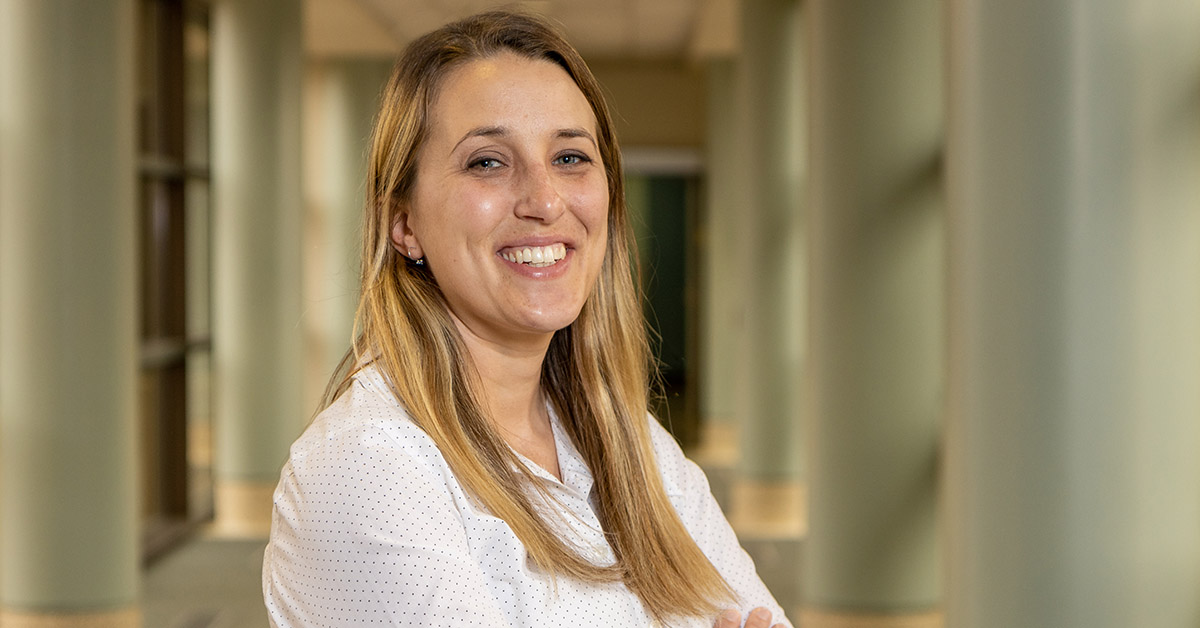
Once COVID-19 began elbowing its way into practically all areas of daily life, the ability to rethink how certain tasks can be performed and then adapt accordingly became paramount. One of most significant adjustments brought on by the virus is how we receive health care, as in-person visits to a practitioner’s physical location were quickly replaced by telemedicine, which relies on modern technology to bring the doctor and patient together remotely.
Kathryn Crain, senior director of clinical operations for the Department of Surgery at the Texas Tech University Health Sciences Center (TTUHSC) School of Medicine, knew that prior to the pandemic, most health insurers would only pay for telemedicine sessions if both the doctor and patient were located at a medical office or facility for the duration of the visit. She also knew that restriction was being relaxed for the pandemic.
With that in mind, Crain and TTUHSC faculty co-authors Sharon Hunt, FACHE, MBA, and Ryan Schmidt, Ph.D., conducted a research project to investigate how telemedicine looked prior to COVID-19 and how it might continue in the years following the pandemic. Hunt is an assistant professor and Schmidt serves as chair for the Department of Healthcare Leadership in the TTUHSC School of Health Professions.
The results of their study, “Adaptive Telemedicine Care: Pre/Post COVID-19 Pandemic,” were published in the Fall 2020 edition of the Journal of Business and Educational Leadership. The effort was Crain’s capstone project for the Master of Science in Healthcare Administration degree she earned from the School of Health Professions.
The history of telemedicine is generally considered to have begun in the late 1950s when a pair of Nebraska medical facilities located approximately 120 miles apart successfully linked up via closed-circuit television. However, as Crain discusses in her research, the seeds of the technology were actually planted during the 1920s. At that time, a person living in a rural area could use a two-way radio to communicate with a doctor located miles away. The patient would describe symptoms and the doctor would either make a diagnosis and suggest a remedy or advise the patient to come into town for a face-to-face evaluation.
Advances in technology such as computers, cell phones and the internet enhanced the ability of practitioners and patients to communicate remotely and from greater distances. However, most health insurers would only pay for telemedicine sessions if both the doctor and patient were located at a medical office or facility for the duration of the visit.
Despite the restrictions, Crain said TTUHSC’s Department of Surgery began using telemedicine more frequently about two years ago with their trauma patients.
“At the time we had a set of interns who were really interested in telemedicine, but it wasn't covered under insurance,” Crain recalled. “We decided to use it for our post-op patients; because it wasn't a covered service, we didn't really care about getting any money back for it. We just needed to check on these patients and make sure they were fine. Once COVID started, it just seemed really relevant to embrace telemedicine on a more global scale versus on just an as-needed basis for our trauma follow-ups.”
When the Department of Surgery decided to employ telemedicine as a way to minimize in-person contact between patients and practitioners during the pandemic, Crain said an online process was developed that allows patients to check in and submit payments for services or insurance co-pays. The initial face-to-face interaction between patient and practitioner occurs when they meet for their virtual appointment via platforms like Zoom, QliqSOFT or Amwell, a platform that is built into TTUHSC’s existing power chart system. All are HIPAA compliant to protect patient confidentiality.
After helping the Department of Surgery transition from its traditional, pre-pandemic use of telemedicine to the non-traditional and global use necessitated by COVID-19, Crain began assisting others at TTUHSC as they sought to establish their own telemedicine processes and protocols.
Now that TTUHSC’s telemedicine process is in place, people have seen how it can reduce a patient’s exposure to COVID-19, protect their privacy and provide payment to practitioners. Crain believes insurers and policymakers also will take notice and ease restrictions for telemedicine after the pandemic passes.
“I don't think it's going away, especially once people have received digital health care,” Crain opined. “It's become really easy to say, ‘Hey, I just need a quick check-in with my doctor; they just need to ask me some questions, so I don't need to drive in, find parking and then haul myself up the stairs.’ The pandemic changed all of that very quickly, and I think it's going to stick based on what I've seen from legislation and everything else so far.”
In addition to articulating how COVID-19 has elevated telemedicine from its traditional support role to a more viable option for seeing patients outside the clinic walls, Crain said the goal for her research was to provide insight into how TTUHSC has utilized telemedicine to address the pandemic.
“It just seemed really relevant to provide an outline of what we did and what we are doing with telemedicine,” Crain said. “I felt like it'd be helpful for the community to be able to look at it and say, ‘Ok, this is how they've done it at TTUHSC, how can we maybe take their process and improve on it in our own areas?’”
